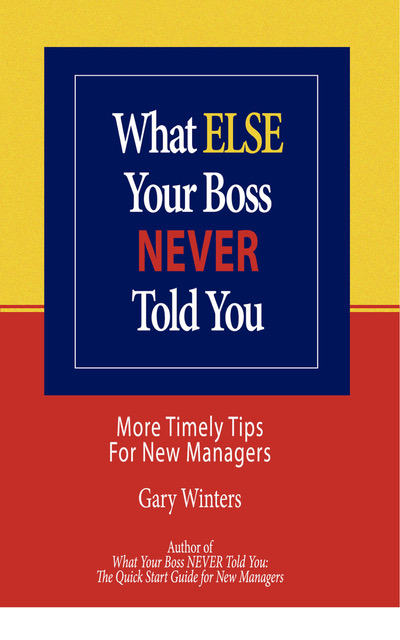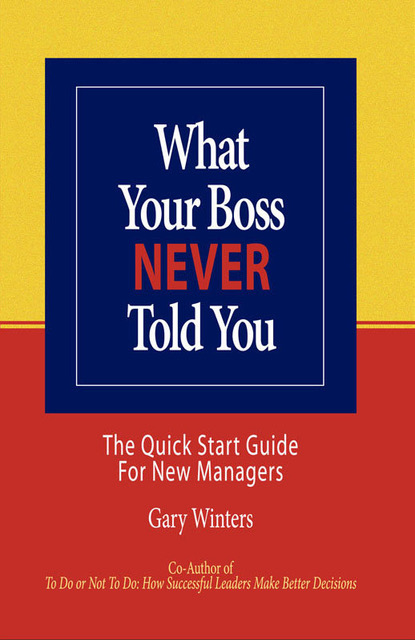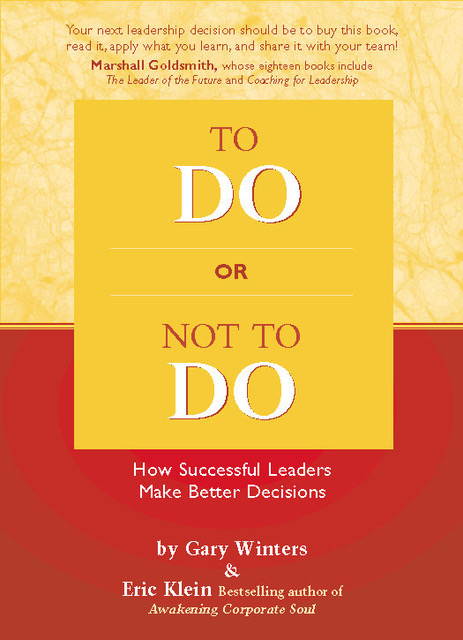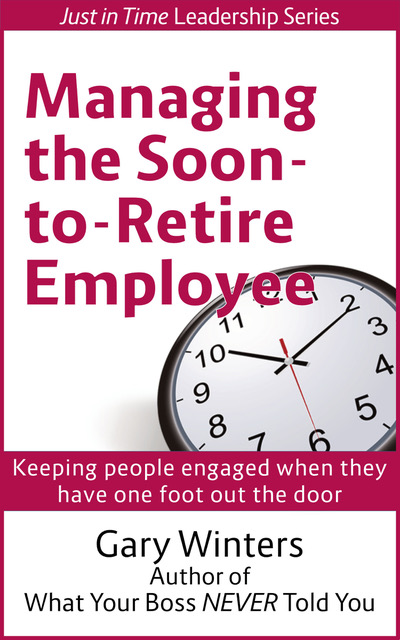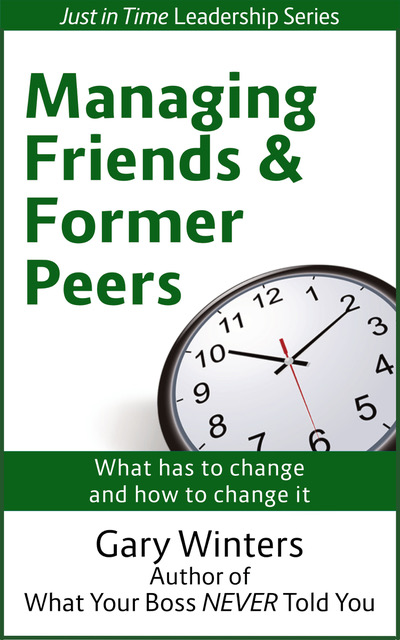Famous leaders are often remembered for one critical decision that shaped destiny, such as George Custer’s brash decision to attack at Little Big Horn, or Harry S Truman’s fateful decision to drop an atomic bomb on Hiroshima and Nagasaki.
I’ve have been studying organizational leaders for two decades, and have come to the conclusion that what separates effective leaders from others is not their just their decisiveness, but also their skill and willingness to use a variety of decision-making styles to choose a course of action for a given situation.
These styles can be thought of as points on a continuum, ranging from decisions made by the leader alone to decisions fully delegated to the team. Each of the styles are valuable for some situations but are inappropriate in others. Effective leaders move back and forth on the continuum, gracefully choosing the most appropriate style in the moment.
Now Hear This!
Perhaps the most often-used (and abused) style is one I call Now Hear This! Much like the captain of a ship, the leader making a Now Hear This! decision does so acting alone, without input from others. Once the decision is made the leader can announce it to the team and clarify any questions they may have.
Trial Balloon
Occasionally, a leader recognizes a need to run his decision past his or her team before it’s finalized. I call this the Trial Balloon because (if you’ll pardon the mixed metaphor) it isn’t “set in stone” until the team has reacted. The leader reserves the right to make the final decision, but in contrast to a Now Hear This! decision, input from the team is solicited to insure that the leader has considered all the facts and options.
Buck Stop
Some decisions are best made by a leader after soliciting the input of key stakeholders, not before. I’ve adapted President Truman’s famous adage, “The buck stops here,” to identify the third point on the continuum – the Buck Stop decision. Just as Truman did before giving the order to drop the bomb, or John Kennedy did before ordering a block-aid of Cuba during the missile crisis, the leader remains as neutral as possible while gathering the best thinking of the people involved – without yielding the right to make the final decision.
Life Raft
There will be times when the best decision is made by consensus – when the whole team, including the leader, engages in a creative dialogue to determine the best course of action. Because the whole group is “in it together,” I call this style the Life Raft. The leader facilitates a discussion that helps people plant their stakes – and move them – to reach a solution that everyone can actively support.
You Tell Me!
Finally, some decisions can be delegated to the team to make without the active participation of the leader. This style, called You Tell Me! is the direct opposite of Now Hear This! The leader’s only responsibility is to define the parameters or boundaries for the decision and the team engages in a process to arrive at a decision.
No style can fit every situation, regardless the effort some leaders expend trying to make it so. For one thing, those who make too many decisions themselves are seen as arrogant, brash, and dictatorial, while those who bring too many decisions to the team are seen as indecisive, weak time-wasters.
Aside from the perceptions of others (deserved or not) there is a critical principle with regard to decision-making – people are more likely to fully support those decisions they help make (or, put another way, people are more likely to sabotage those decisions they feel are unfairly imposed on them).
And one more thing – a compelling reason to involve people in decisions is the simple truth that arises from all the research on problem solving – more often than not, two heads are better than one, and three better than two, and so on – when trying to find the best solution to a thorny issue.
So how do you decide how to decide? I’ll post on that very subject next!
And for a more robust treatment of this topic, here’s an unabashed plug for a book I wrote with my colleague Eric Klein, To Do or Not To Do: How Successful Leaders Make Better Decisions. You can order a copy at wisdomheartpress.com

